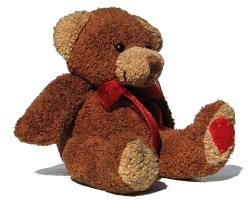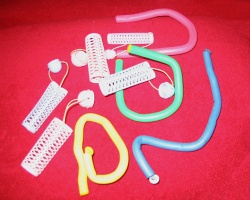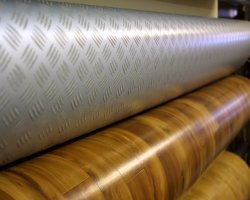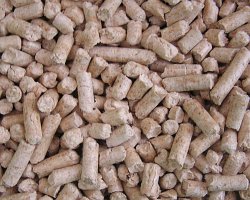How can I reuse or recycle teddy bears and other soft toys?
 We’ve had an email from Gillian, asking:
We’ve had an email from Gillian, asking:
how can i recycle my children’s old teddy bears? i don’t have the heart to chuck them in the land fill. any suggestions?
As a previous owner of a large collection of stuffed toy cats, dogs, bunnies and seals, I can understand the reluctance to throw them away.
If they’re in good condition, I’d be tempted to bung them through the wash then give them away to a charity shop or a refuge for another child to enjoy – but they might not be accepted for re-sale/re-distribution if they’ve been loved a little too much in the past.
How about stripping them down for parts instead? Eyes, stuffing and bits of interesting fabric/fur are always welcome additions to a craft collection – but it might feel a little bit like an autopsy ;)
Any other suggestions?
(Photo by lusi)



 We’ve had an email from
We’ve had an email from  We’ve had another email from our
We’ve had another email from our  We’ve had an email from Penny:
We’ve had an email from Penny: We’ve had an email from Andy Whittington about a subject that is close to my own heart (and nose):
We’ve had an email from Andy Whittington about a subject that is close to my own heart (and nose):














